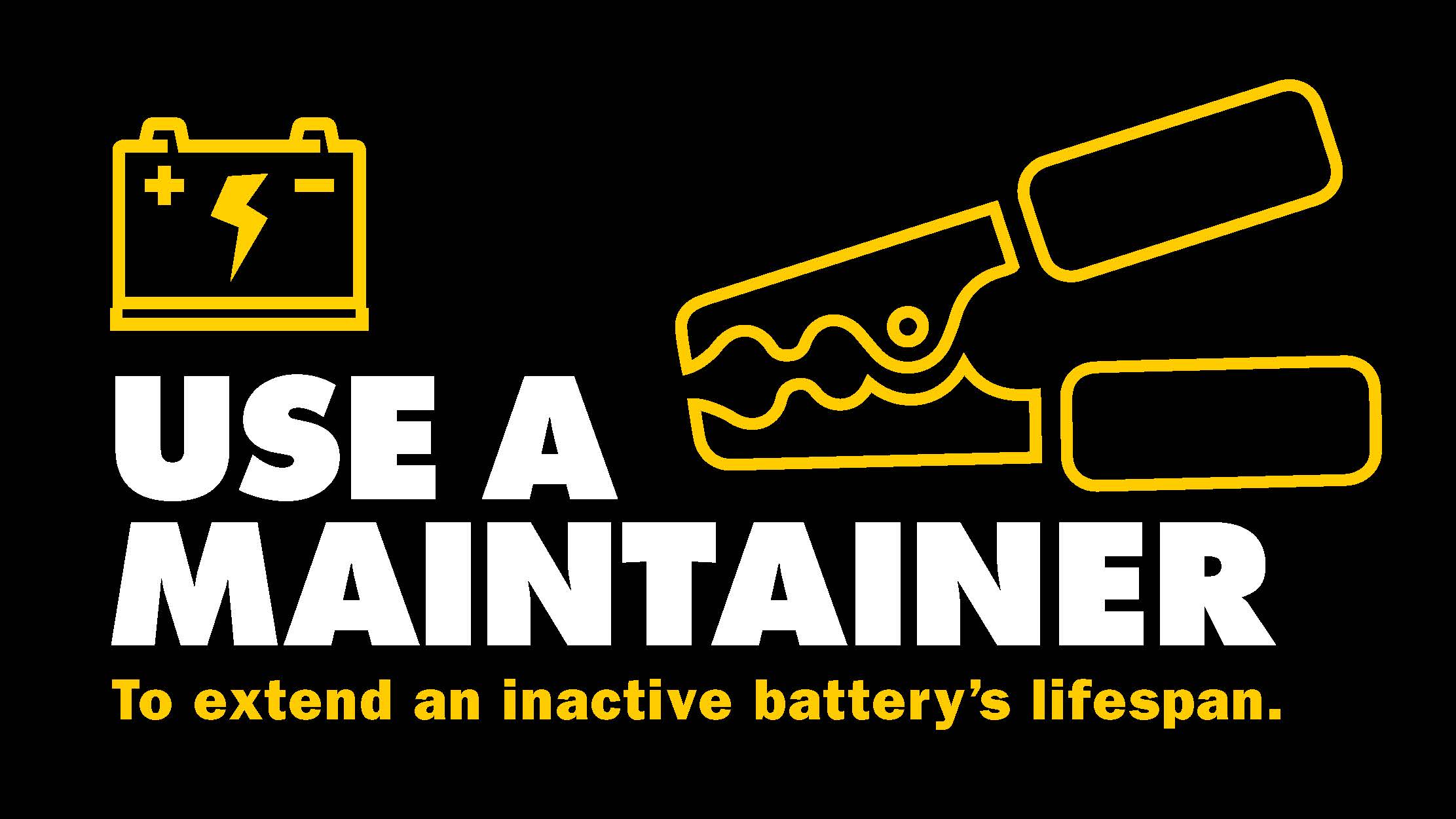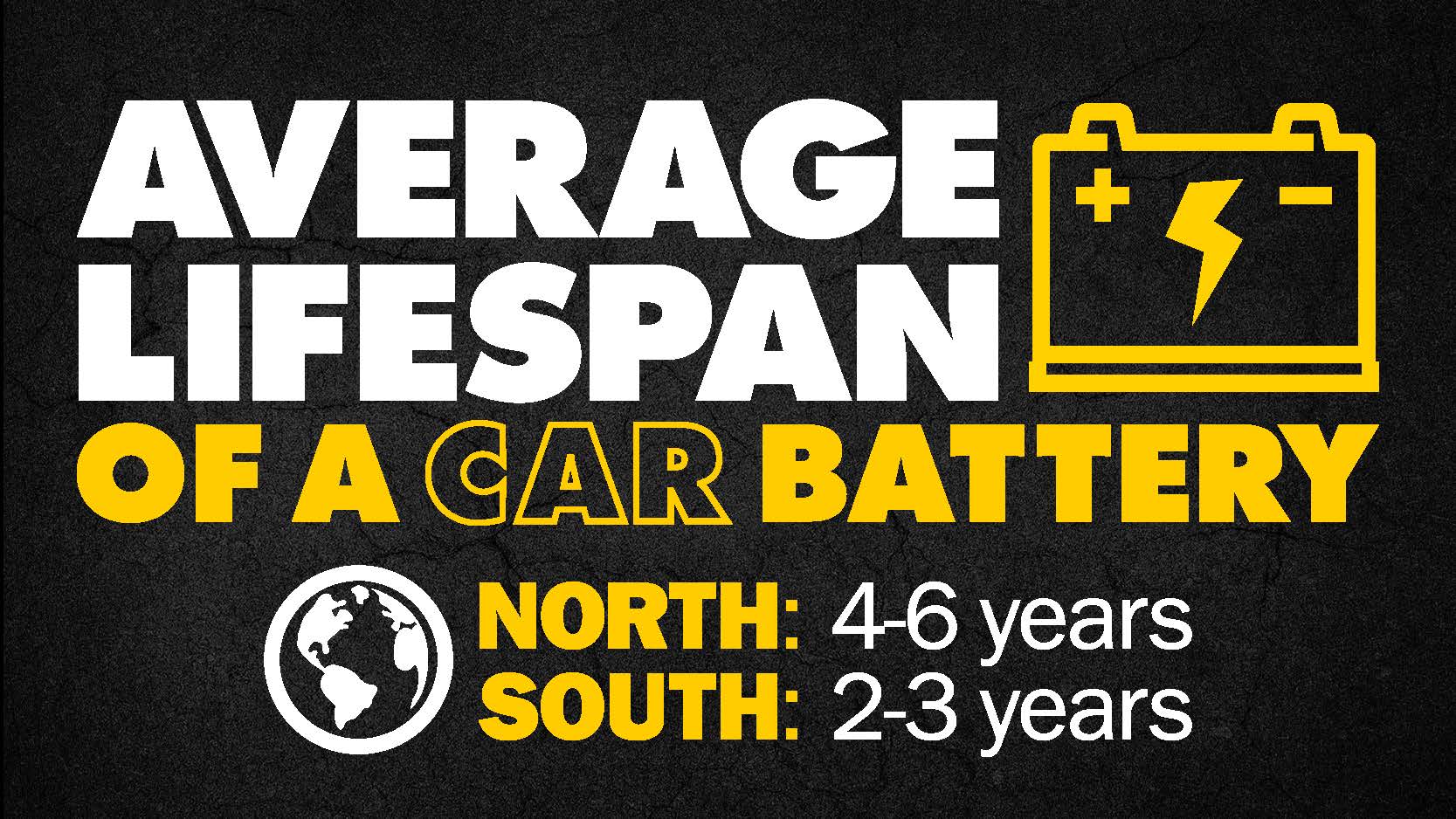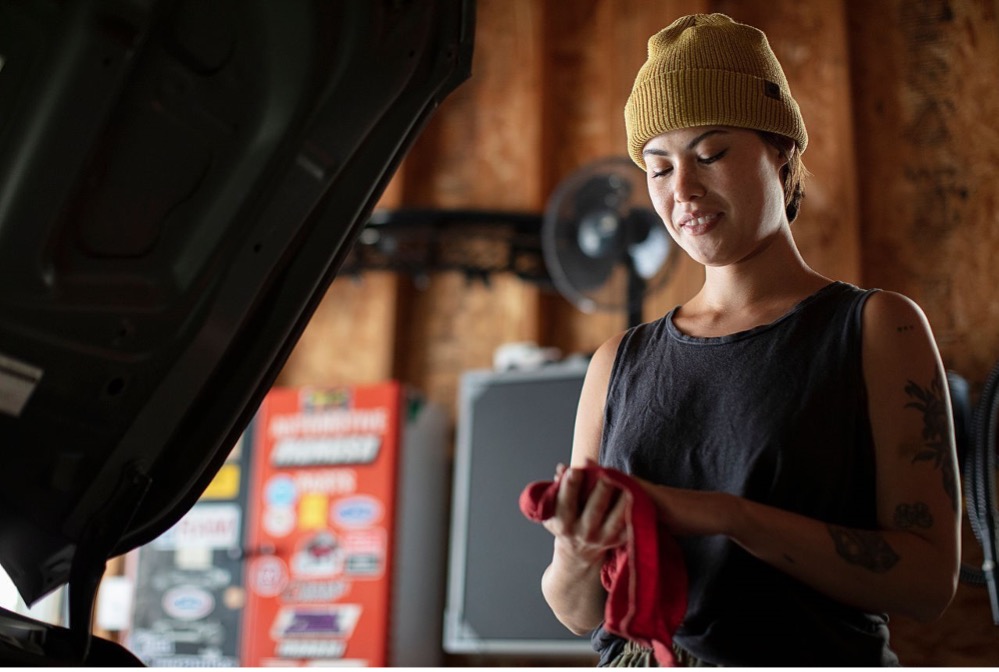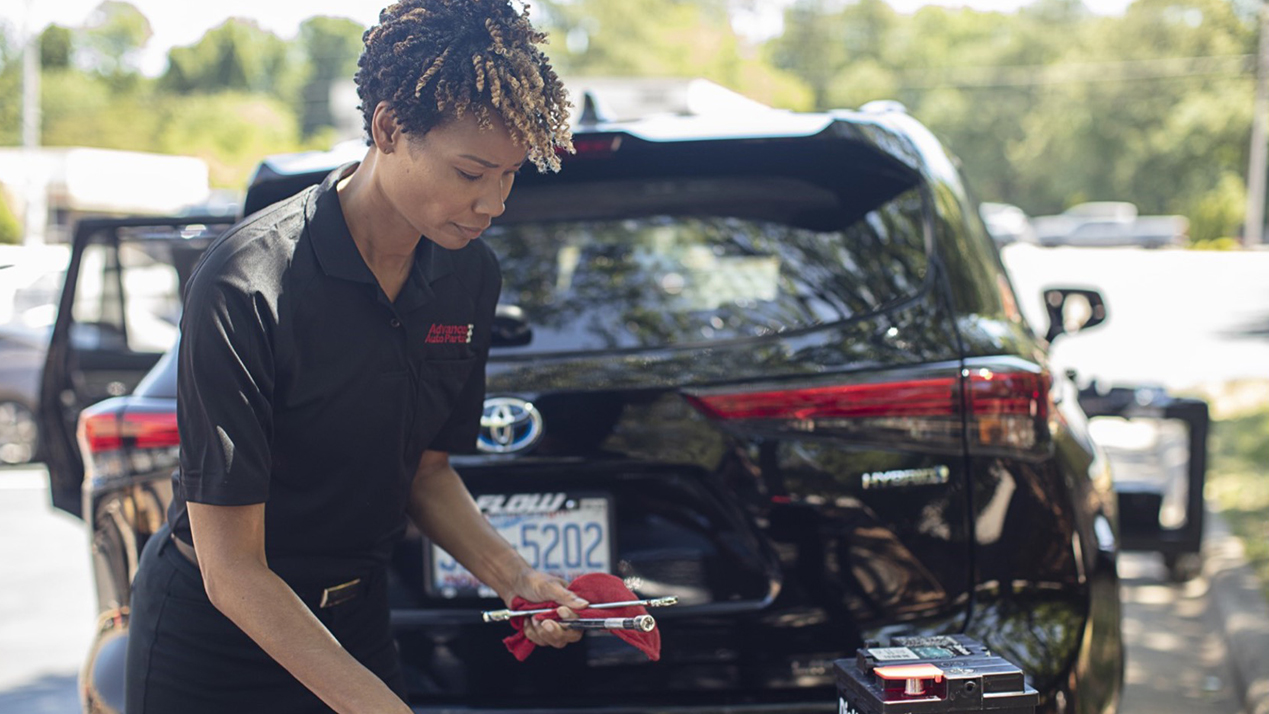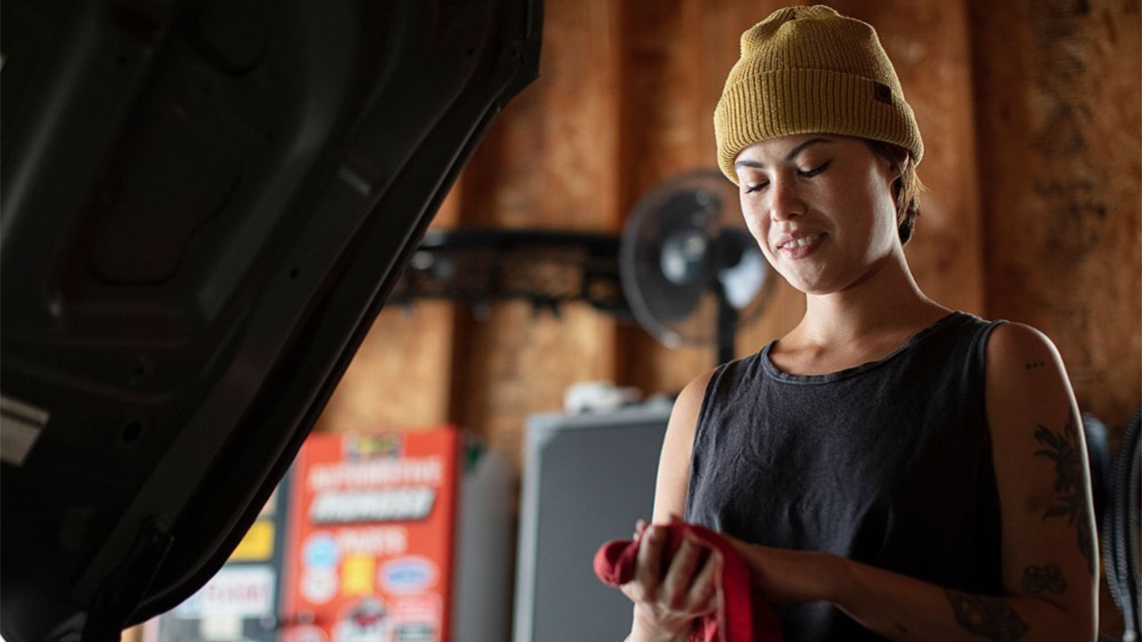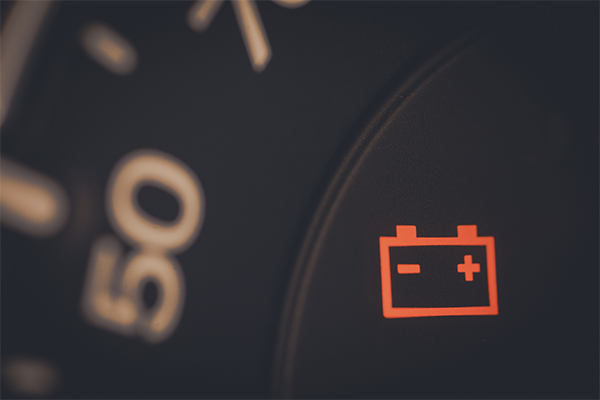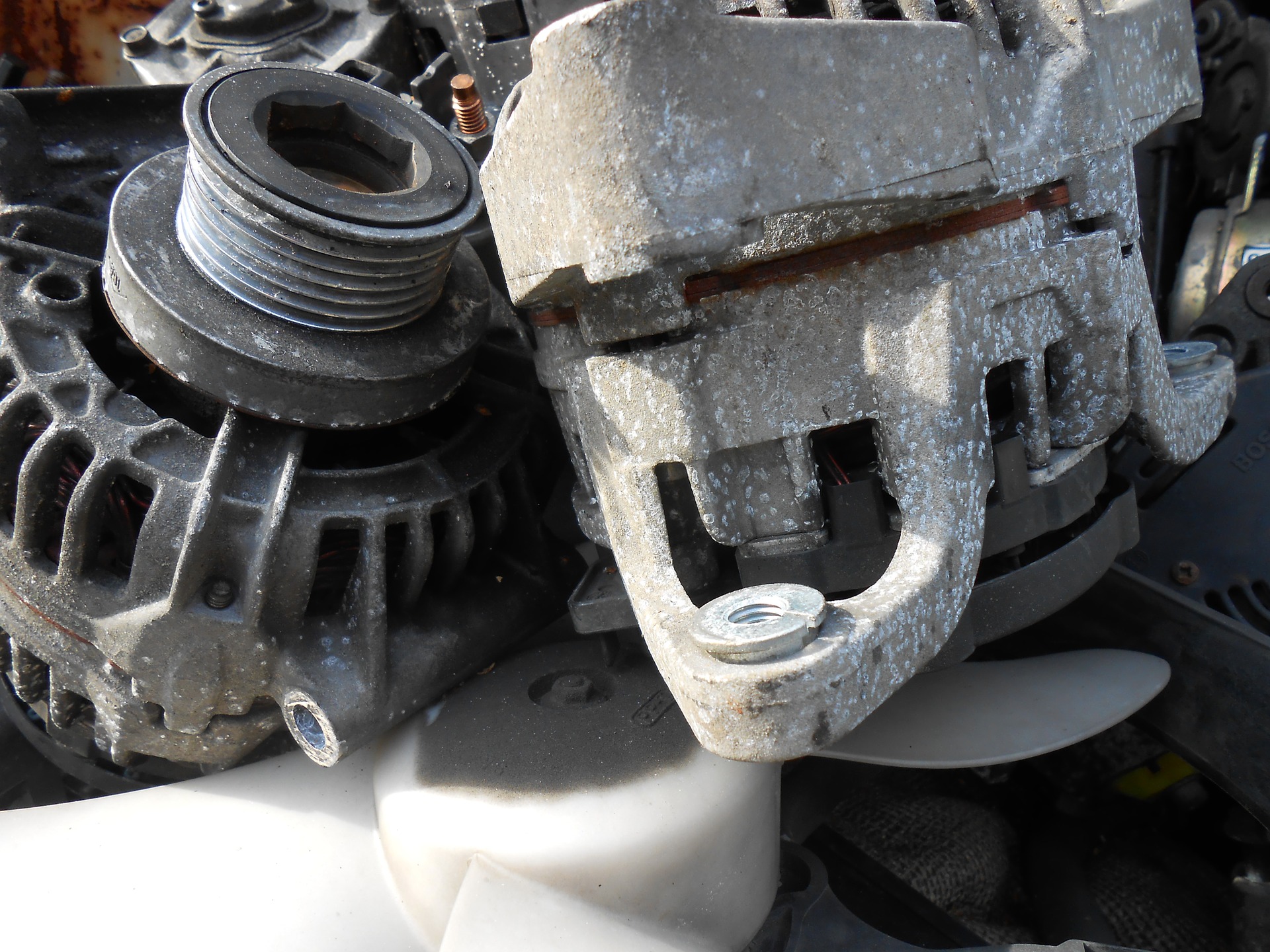Is the Battery the Real Problem?
Before going through the steps and figuring out everything about how to jump a car battery, you have to determine whether the battery is even the real culprit. For that purpose, the easiest step to take is to turn on the headlights. If they are dim, then your battery’s output is not enough to power them, so the battery is most likely the problem. If they are bright, then you might want to check the connection between your battery’s terminals and your car’s electrical system. Another measure is to turn on the ignition and see if the dash lights up. If it does, and the stereo starts as well, then it means your battery still has some juice left. If your dashboard doesn’t turn on and your headlights are working, then the problem might be with the ignition switch or a relay.
Advance Auto Parts stores offer free battery testing and installation*.
Safety Recommendations for Jumping Your Car
Once you determine that the battery is the problem, the question of how to jump a car battery will become highly important. Before you get started, however, you have to consider a few basic safety tips.
- First, make sure the parking brakes are on. The second car should be parked as close as possible to your car, but without touching it. This is essential for safety, since otherwise trying to jump your car can cause a dangerous electrical arc.
- Next, put on safety goggles and inspect both batteries for cracks, corrosion and leaks. If you find any, those problems will need tending to, and jump starting your car may no longer be safe.
How to Connect the Jumper Cables
If everything seems to be in order and there are no other problems, it’s time to connect the jumper cables and turn on the second vehicle. Make sure you get gauge six jumper cables and keep their length below 10-20 feet. Any longer and the cables will provide too much resistance; the battery may not be able to deliver current effectively.
- Remove any protective covers from the positive terminals of the two batteries, then connect the red cable to the positive terminals of each battery.
- The black cable should be connected only to the negative terminal of the working battery.
- The second clamp then has to be fastened onto a piece of grounded metal on your disabled car. The frame, radiator mount or a bracket on the engine should provide a good ground.
Take a look at some popular battery accessories.
The Jump Start Process
After connecting the cables, start the working car and wait a few minutes – or longer, if your battery has been dead for a while. Next, try starting the disabled car, and if it doesn’t work, let the battery charge for another minute or two before trying again. Revving the engine may also help. Once your car is running, you can disconnect the cables starting with the black negative jumper cable. Finally, take a short drive, allowing your battery to charge for a while.
What If Jump Starting Your Car Fails?
Failure could occur for a number of reasons. Your battery may be completely dead or corroded. Other components such as fuses, the ignition switch, or the alternator might also be the culprit. It is essential to check and double check all these parts along with the starter connection in order to assess the problem. If everything seems to be fine but your battery simply won’t charge, then you will have to replace your car battery. Fortunately, that won’t always be the case, and learning how to jump a car battery will come in handy in most instances.
Find an Advance Auto Parts store close to you.
*Car battery testing and installation available on most automotive vehicles, at most locations, unless prohibited by law.

